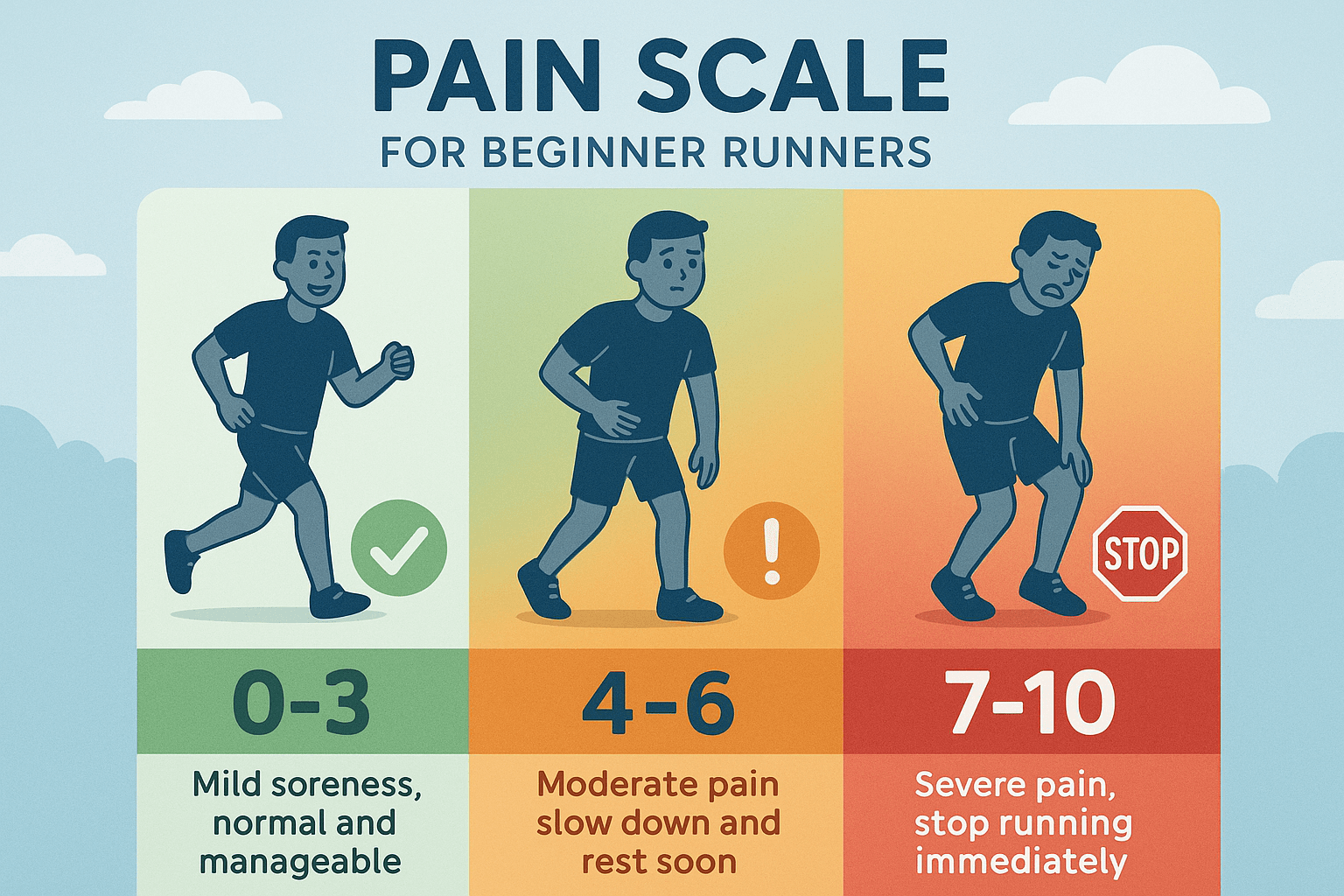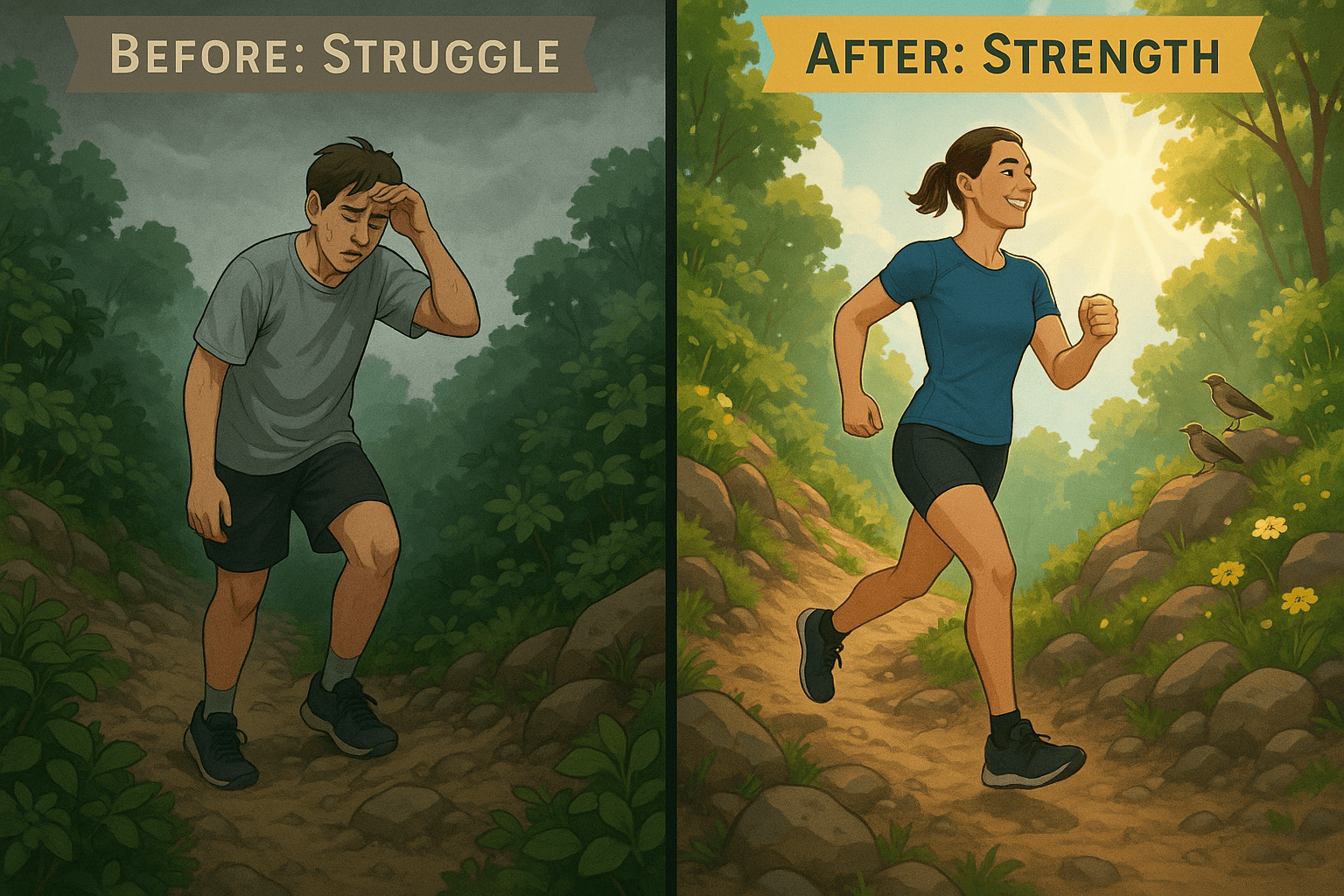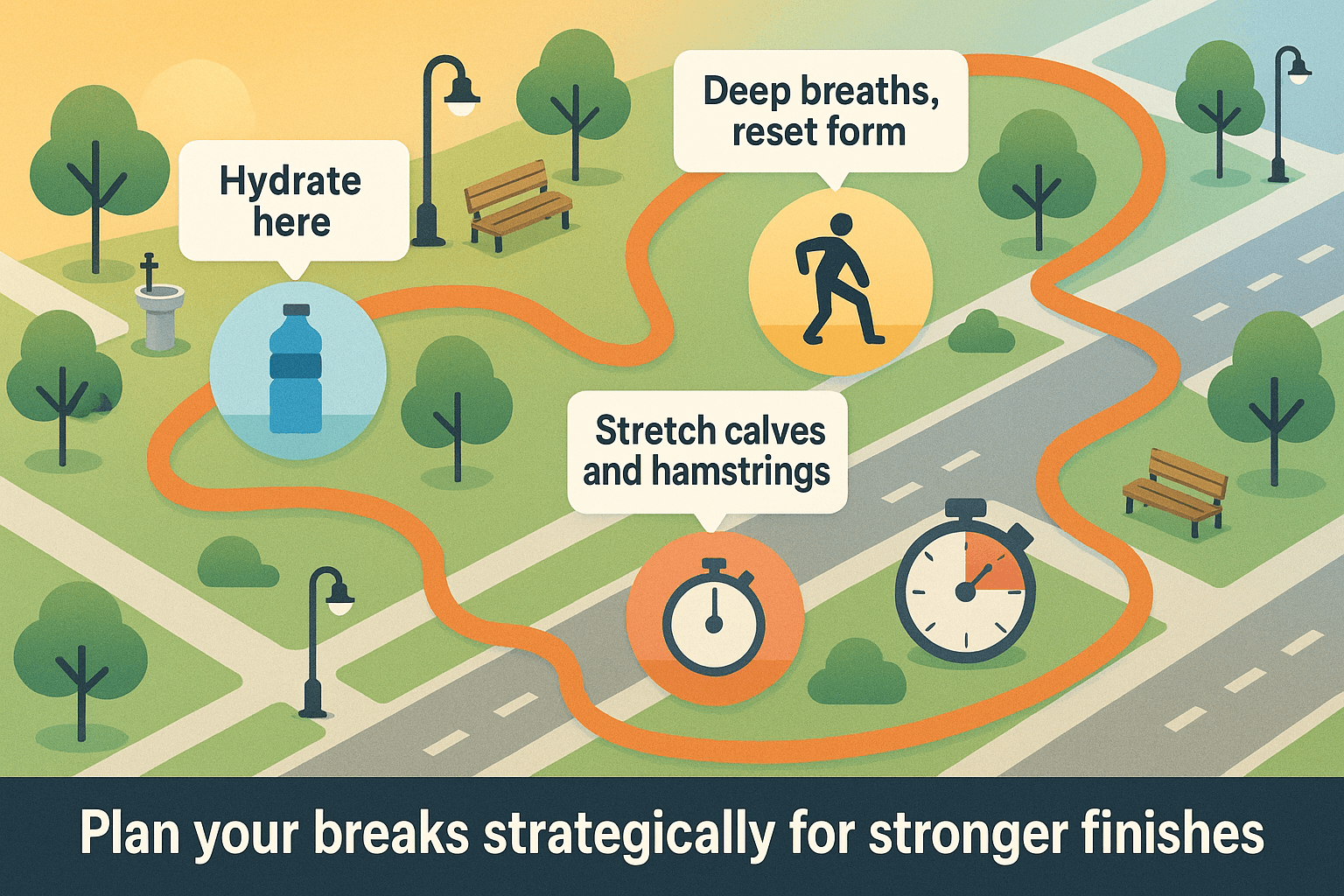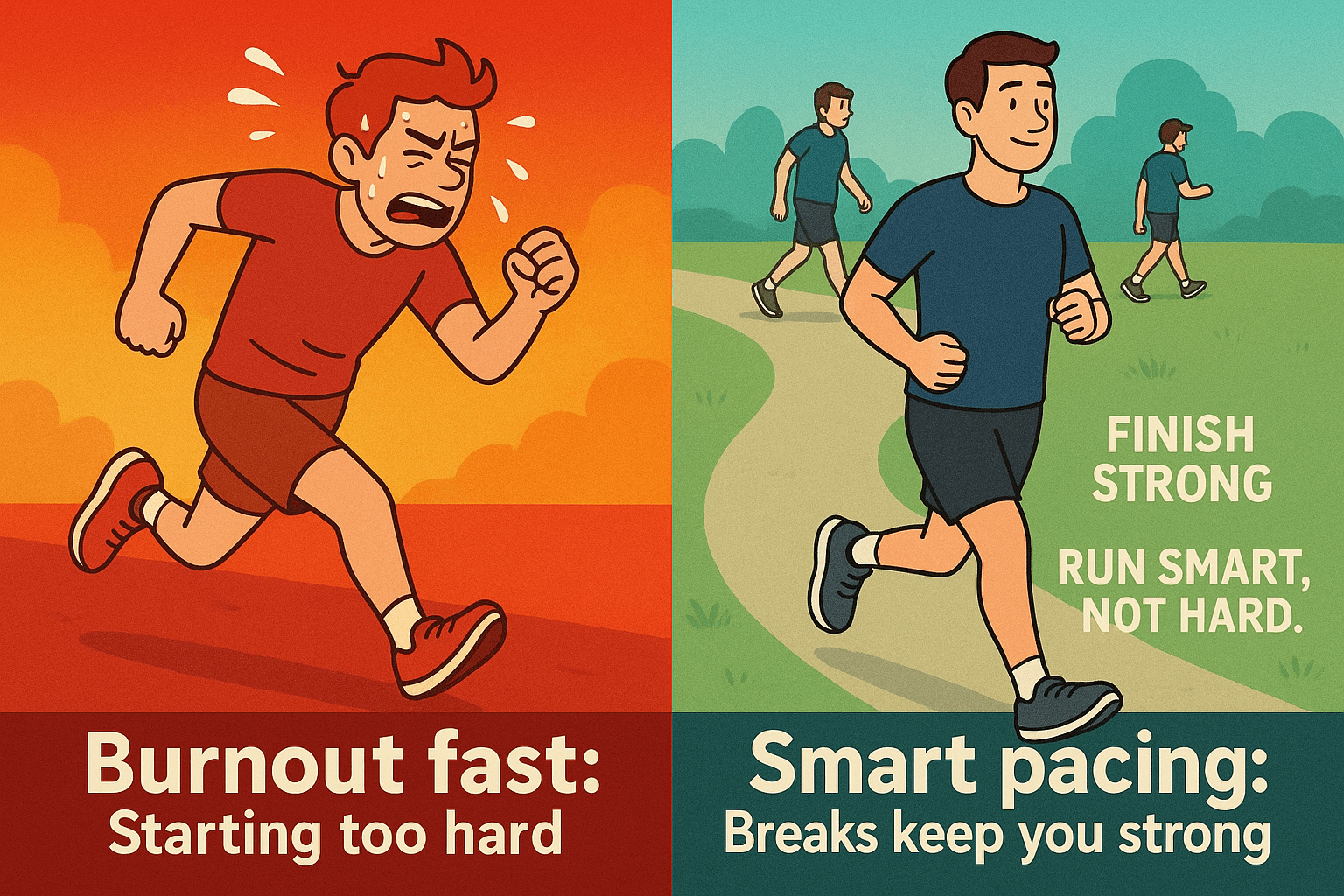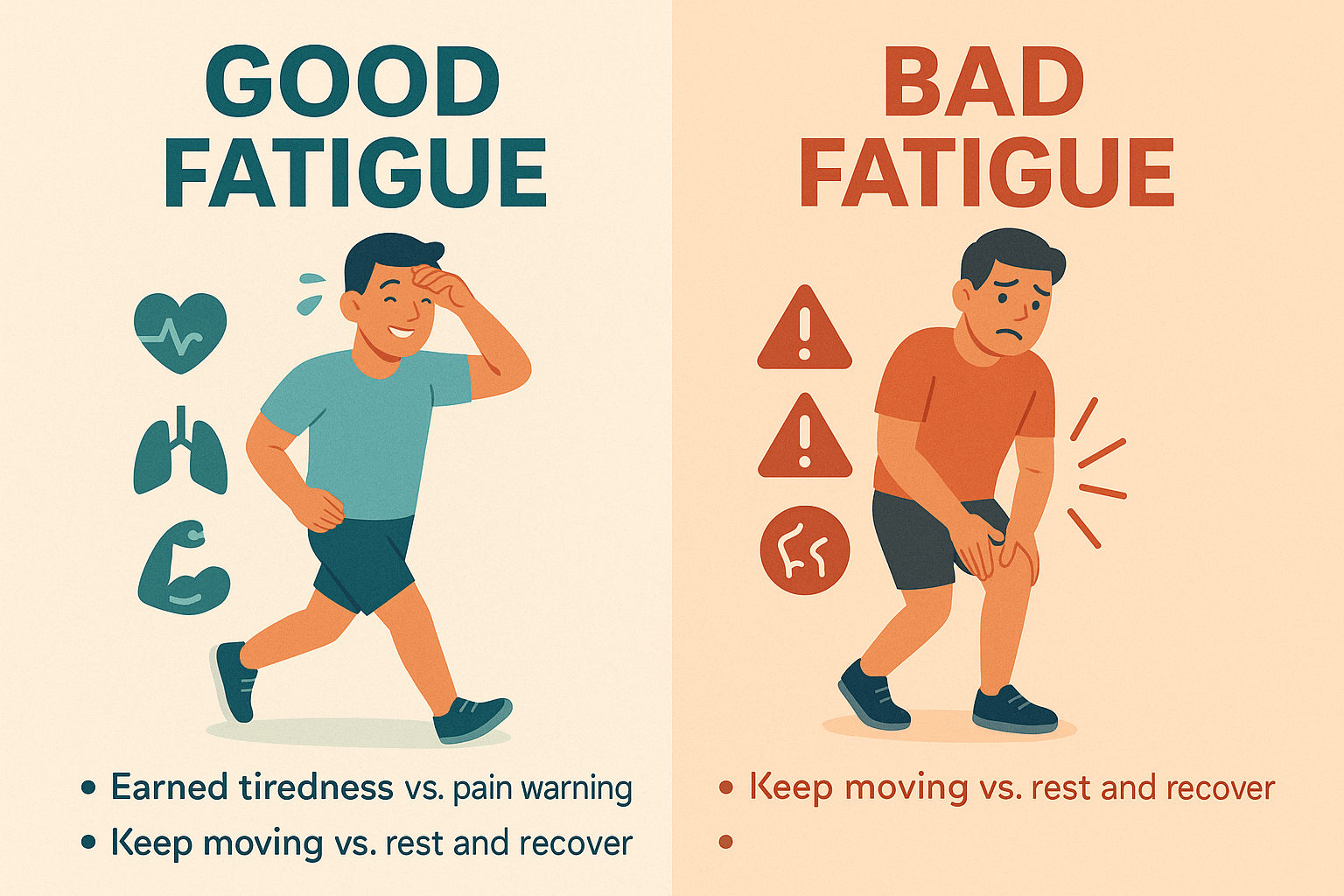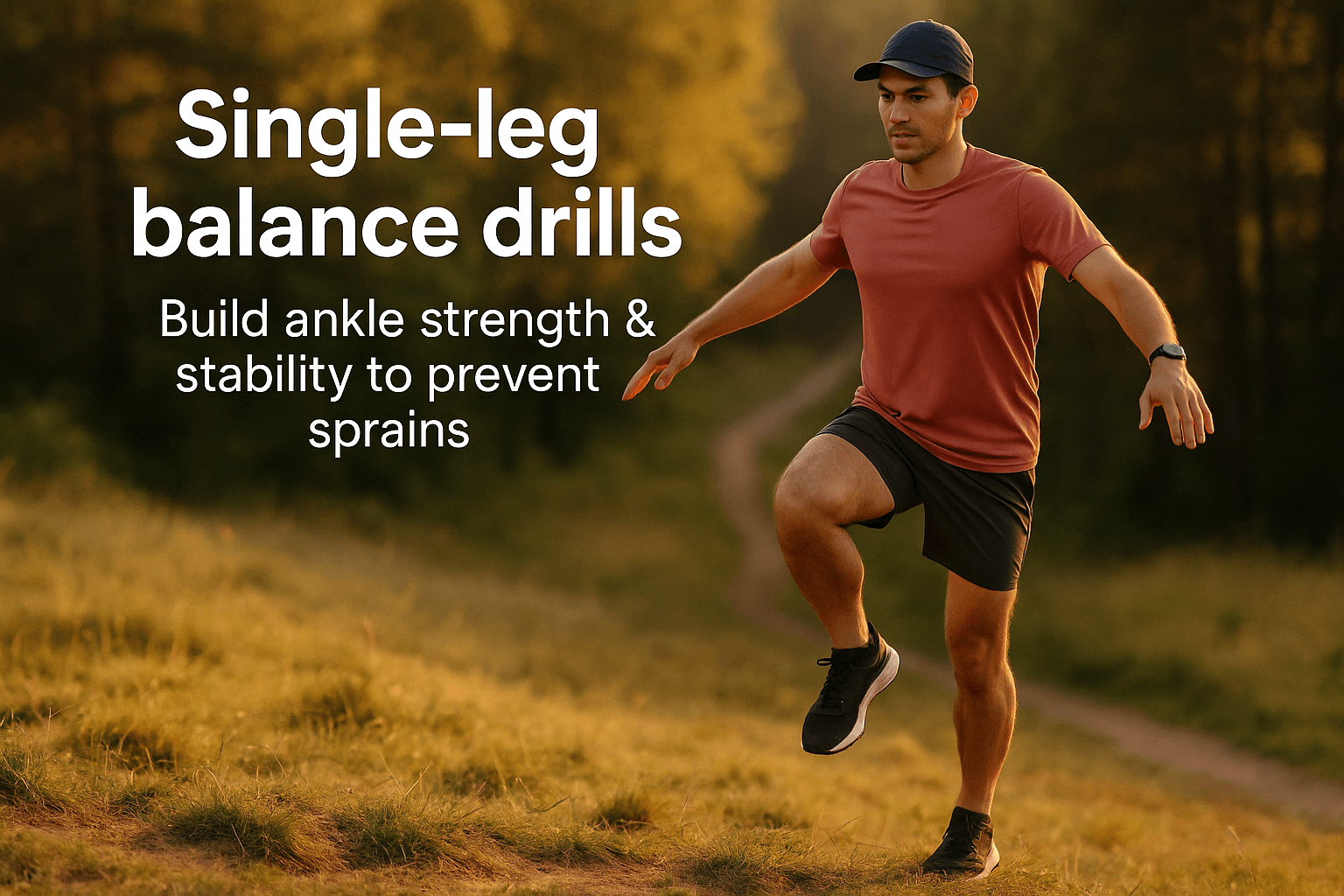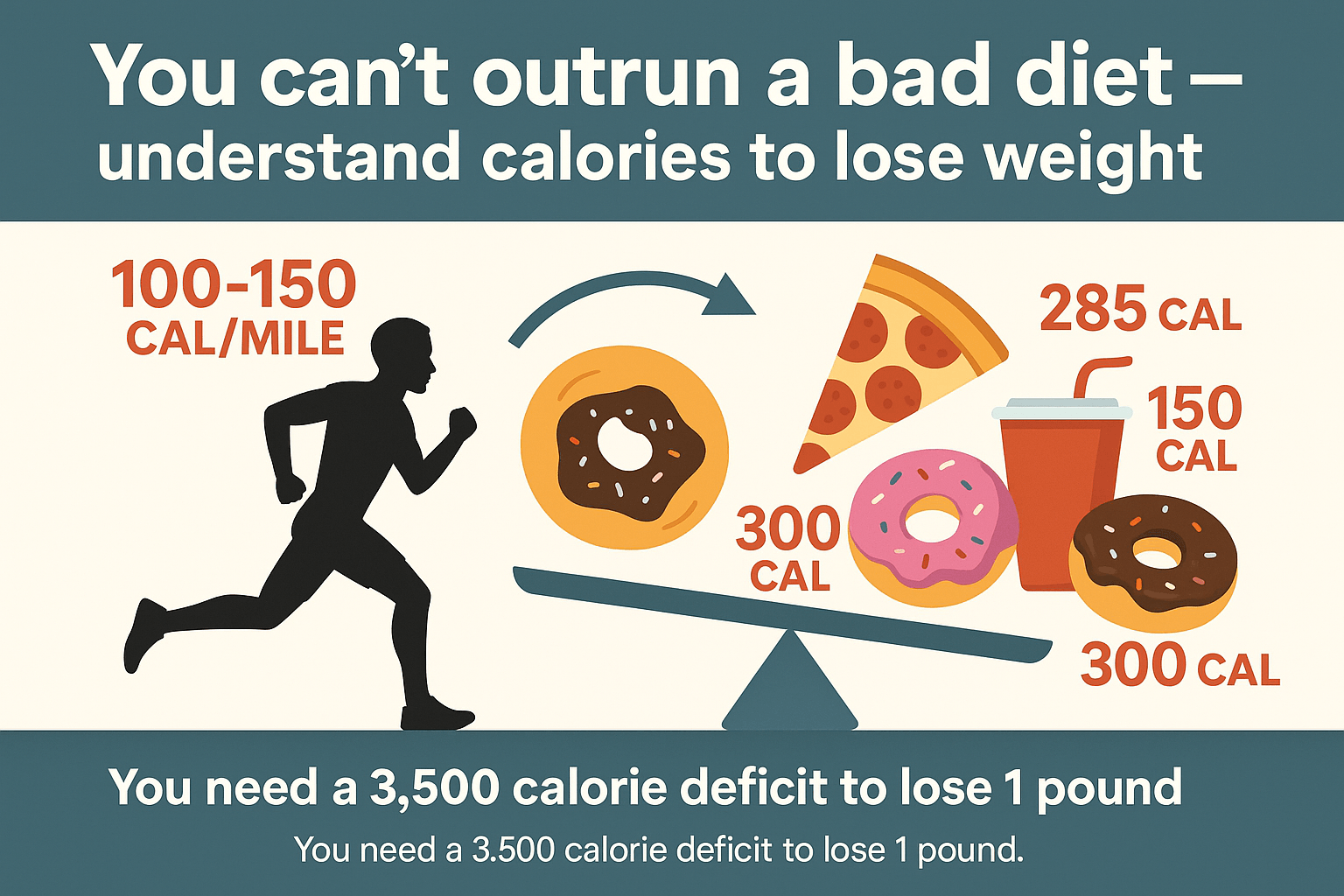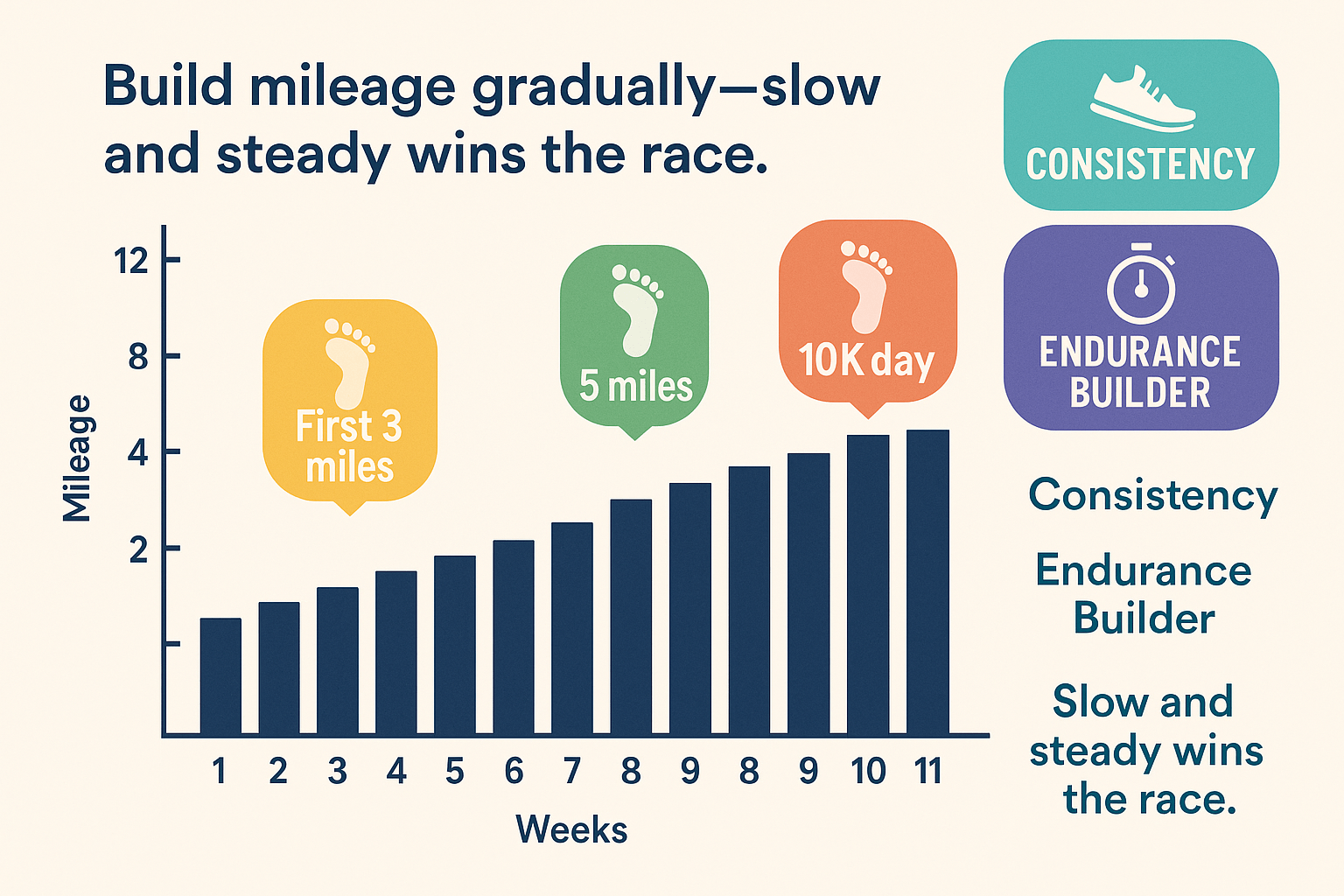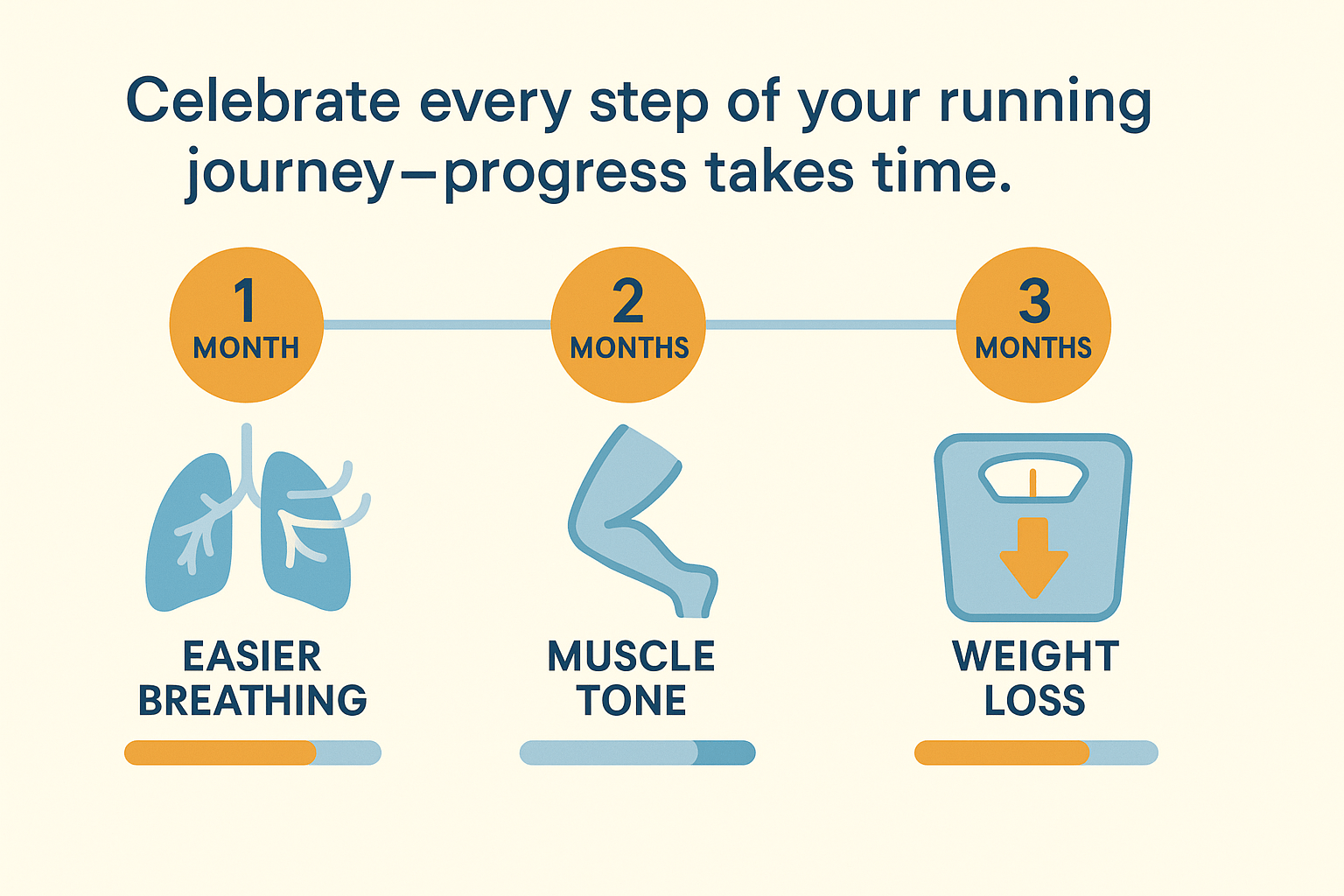When I started out running, I freaked out over every ache.
Turns out, there’s a big difference between “good” soreness and “bad” pain.
A little tightness or muscle wake-up is fine, but sharp pain or lingering aches?
That’s your body’s way of yelling at you to slow down.
In this guide, I’m breaking down the pain scale for runners—what’s mild and manageable, what’s a warning sign, and when to stop immediately and get help.
You’ll learn how to use the RICE method to keep small aches from turning into big problems, when to take rest days seriously, and how to strengthen your muscles and improve flexibility to prevent injuries before they happen.
Let’s get to it.
Mild Pain: “A Little Soreness Is No Biggie”
When you’re just starting, a little soreness is pretty much part of the deal.
You know that feeling, right?
Your calves are tight, your knees are creaking, or your hamstrings are like, “Yep, we’re awake now!” It’s just your body getting used to the grind.
Nothing to freak out about.
On the pain scale? This is like a 1 or 2—just a little reminder that you’re working those muscles. Honestly, this stuff used to freak me out when I was starting too.
What to Do:
If it’s mild, just use the RICE method after your run—rest, ice, compression, elevation.
Trust me, it’ll save you from bigger issues later. That’s how you keep it chill and avoid making things worse.
Quick Tips for Handling Pain While Running:
- Listen to your body—a little soreness is fine, but don’t push too hard.
- Rest and recover—don’t skip the RICE method.
- Cross-train—mix in cycling or swimming to keep up your fitness without risking injury.
- Get professional help—if you feel severe pain, see a physiotherapist.
Moderate Pain: “This Could Be a Bad Sign”
Now we’re talking about the kind of pain that sticks around during your run—like a 4-6 on the pain scale.
It’s annoying, but you’re still moving okay, no limping or anything. You can keep going, but this is your body’s way of saying, “Hey, pay attention here.” Ignore it, and that little ache will turn into a full-on problem.
What to Do:
If it’s moderate pain, don’t try to push through it. Finish the run, but take it easy for a couple of days after. Rest up, you deserve it. Mix it up with some cross-training—hop on the bike or go for a swim. It’ll help you recover without risking injury.
Severe Pain: “Stop. Now.”
If you’re dealing with severe pain, like an 8-10 on the pain scale — stop. No debate. Severe pain isn’t something you power through. If you’re limping, or every step is a grimace, that’s your body’s red flag. You’ve hit the danger zone.
What to Do:
If it’s bad, rest up, and don’t try to tough it out. Go see a professional — a physio or a sports doctor who understands the demands of running. Get to the root of the problem before it becomes something worse.
The Pain Checklist for Runners
Pain Scale for All:
- 0-3: Mild discomfort. It’s normal, and it goes away after warming up.
- 4-6: Moderate discomfort. Can be run through, but take note. This may need rest soon
- 7-10: Severe pain. Stop running immediately. It’s likely an injury that requires attention
Remember to Listen to Your Body
Look, I get it. You want to push yourself, and some discomfort is just part of the deal with running. But pushing too hard, too fast? That’s how injuries happen.
As a beginner, your body isn’t used to all that impact, so don’t beat yourself up when things get tough.
Be Proactive – The Power of Prevention
Here’s the thing: as a beginner, you’re going to feel aches and pains. It’s unavoidable. But the key to staying injury-free long-term is strengthening your muscles and improving flexibility. Don’t just focus on running.
Start strengthening your core and legs with these 5 exercises to protect your joints and keep your runs pain-free.
Make stretching part of your cool-down, too. Focus on those calves, quads, and hamstrings — give them some love after every run. This simple stuff keeps your legs fresh and prevents muscle strains from creeping up on you.
How to Know When You’re Ready to Push Again
Alright, so you’ve taken the rest you needed, and the pain has finally settled down. But now you’re wondering, “When can I get back to running without risking injury?”
I can relate.
I’ve been tempted to rush back into my runs because I missed that post-run high. But trust me, doing it too soon can lead to setbacks, and nobody wants that. Here’s my best advice:
You’ll know when it’s time to push again by checking in with a few key things:
- Pain-Free Movement. You should be able to walk, jog, or stretch without any of that old pain creeping back in. If you still feel tightness or discomfort during your warm-up, hold off a little longer. You want to feel like you’re moving freely before jumping back into full runs.
- Comfortable Range of Motion. If your stretches don’t feel like you’re about to snap something (looking at you, tight hamstrings), you’re on the right track. When your muscles feel loose and mobile, you’re good to start easing back into it.
- Gradual Progress. Start slow. Begin with short, easy jogs—no need to go full throttle right away. Listen to your body as you ease into it. If you finish a light run and the pain doesn’t come back, you’re golden. But if it does, slow down and dial it back.
- No Limping. If you’re walking without a limp and running without any weird hobbles, you’re in a safe spot to increase your mileage and intensity. But if you find yourself favoring one side or your form is off, stop. That’s your body saying, “Not yet.”
- Energy Levels. After a break, you should have enough energy to get through the run. If you’re dragging halfway through, it’s a sign your body isn’t quite ready for the usual load. Don’t force it.
Conclusion: Listen, Learn, and Get Better
Running is a journey. You’re going to hit bumps, get frustrated, and feel like you’re stuck sometimes. But learning to listen to your body? That’s how you keep improving.
Don’t fear a little pain — but don’t ignore it when it’s serious, either.
You’ve got to start slow, build up smart, and always know when to back off.
Stay smart, take care of your body, and keep pushing. Every step forward is progress.
Thank you for dropping by.
David D

